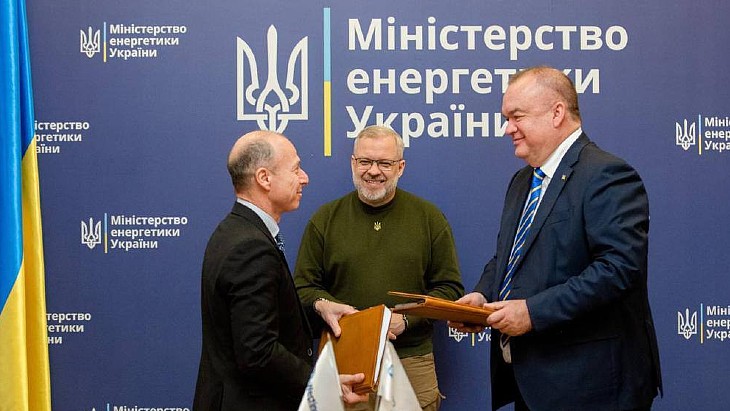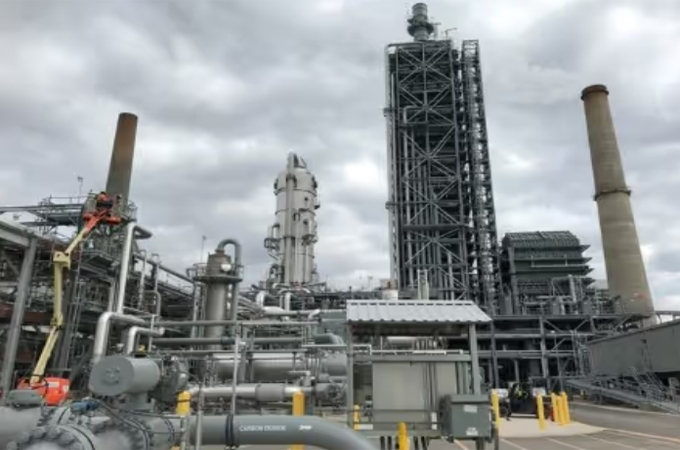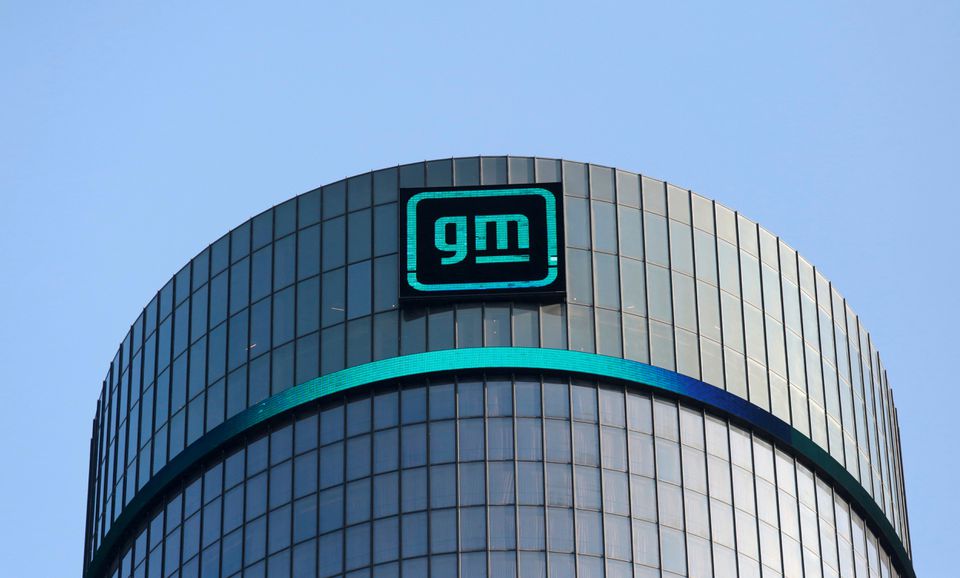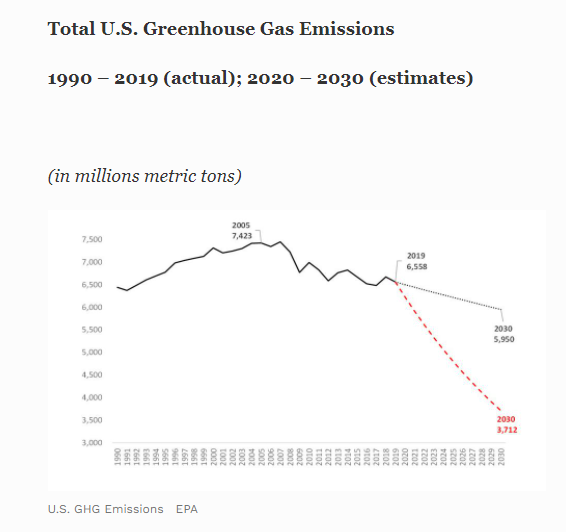
They also discussed further collaboration in the years ahead, with Energoatom planning for a total of nine AP1000 reactors in the future, as well as Westinghouse-supplied fuel for its VVER reactors. The country is also exploring the potential deployment of small modular reactors.
Kotin said: "We have reached a very important stage in the process, which was started back in 2021 during the visit of the President of Ukraine, Volodymyr Zelensky, to the USA. I believe that the signing of the contract for the purchase of equipment for the AP1000 power unit is an epoch-making event in the development of the domestic nuclear power industry. The first western power unit in Ukraine will add more than 1100 MW of capacity and strengthen domestic energy independence."
Haluschchenko said the agreement was part of the country moving away from Russian technology in its nuclear energy industry, noting of the AP1000 "such reactors did not exist in Ukraine, they do not exist in the post-Soviet space, and they do not yet exist in Europe ... this is important for strengthening the energy security of Ukraine and renewing our nuclear power industry, which was, is and will be the key generation in Ukraine".
Fragman said: "We are moving to a new level of cooperation. This agreement is of fundamental importance for the energy security of Ukraine, because it is a very reliable technology. Today, five AP1000 units are in operation in the world, in particular in the USA and China, five more are almost ready for start-up. Poland and Bulgaria are interested in the construction of such reactors, as well as a number of other countries."
The go-ahead for the pilot AP1000 project in the country at Khelmnitsky was signed in November 2021, with another one proposed for the same site among the nine new AP1000s planned in total in Ukraine. Energoatom said that since signing those agreements a large amount of pre-project and project work had been carried out and "favourable conditions were obtained for the supply of equipment, which is already manufactured and ready for delivery".
"This will allow us to significantly speed up the construction of power unit 5 ... we will not have to wait at least three years (this is the term for the production of such equipment to order), and be in line with other Westinghouse customers," Kotin added. As soon as the Ukrainian parliament gives the legal go ahead, construction will be able to start, he added.
With Energoatom having switched away from Russian fuel for its existing fleet of Soviet-era nuclear plants, Kotin praised the performance of the Westinghouse VVER-440 fuel that was loaded at Rivne nuclear power plant in September, and said progress continued in the country creating its own nuclear fuel supply chain.
Ukraine has 15 nuclear units generating about half of its electricity, including the six at Zaporizhzhia nuclear power plant which has been under Russian military control since early March 2022. Khmelnitsky's first reactor was connected to the grid in 1987, but work on three other reactors was halted in 1990. Work on the second reactor restarted and it was connected to the grid in 2004 but units 3 and 4 remain uncompleted.






